How Many Animals Are Killed By Cars Each Year
Terminal month I came across a heartbreaking sight: a group of people standing around a immature female kangaroo with horrific injuries. She appeared to accept been hit by a machine and had dragged herself abroad, just to collapse into our local creek.
A police officer had gently lifted her out to the bank where her injuries became apparent. A shattered leg, broken arm, and bruising indicating massive internal trauma. She was panting – exhausted and in pain. Fortunately, she had no young joeys in her pouch.
I offered my help as a wild animals specialist. This was a tragic, but common scenario. An estimated ten 1000000 animals are hit on Australian roads every year.
Australia's road toll is and so high it threatens whole species. Road mortality is the second biggest killer of endangered Tasmanian devils with around 350 killed every year, and the biggest cause of death of adult endangered cassowaries in Queensland.
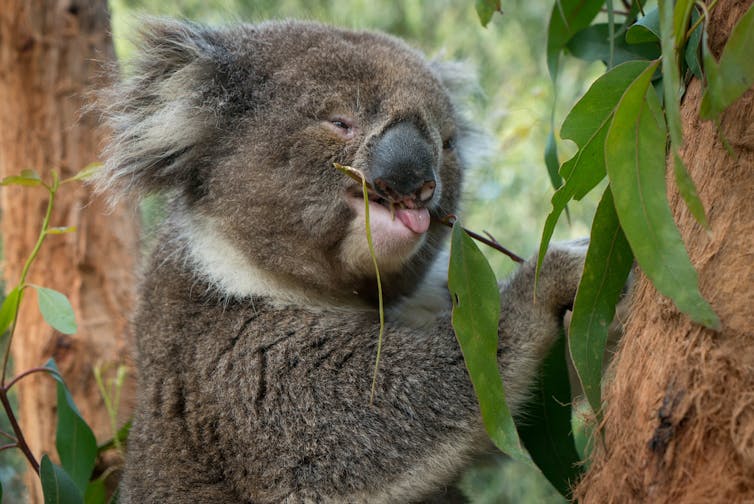
The holiday season is upon united states and people are now able to travel to see family and friends again. This ways the unusually-tranquility roads during COVID-nineteen lockdown — which may have lulled wildlife into a false sense of security — are frighteningly busy. So here's how you tin be wildlife-aware this Dec.
Who is hurt?
Every bit Australia's population expands, wildlife are pushed into smaller areas, with more roads criss-crossing their habitats. The about visible victims of route expansion are larger mammals such equally possums, wombats, kangaroos and koalas. However, millions of smaller animals including echidnas, birds, reptiles and frogs are also injured or killed each year on our roads.
The vast majority of insurance claims for animal collisions involve kangaroos, with wallabies and wombats the next most frequent. Smaller animals often go unreported or unnoticed.
Humans are likewise at risk in these collisions. Every year people crash their vehicles striking, or trying to avoid hitting, animals on the route, with v% of fatal accidents acquired by collisions with animals. Of those, 42% tried to swerve to avoid the animal. Those who do hitting wildlife may as well suffer serious injuries, with motorcyclists especially at risk.
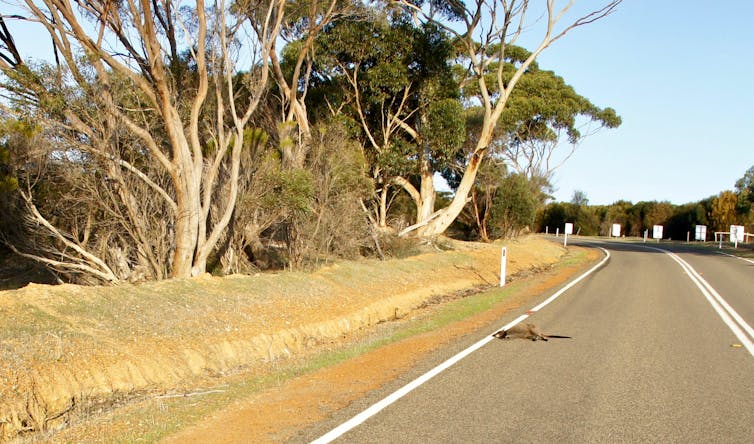
Bracing for a new wave of admissions
There are a number of aspects that increase the wild animals road toll: ameliorate road atmospheric condition leading to faster driving, young animals dispersing for the first time, higher movements during drought or after fire equally animals seek food, water or shelter, convenance season movements in jump-summertime, and longer periods of darkness over winter.
Baca juga: How you can assistance – not damage – wild animals recovering from bushfires
Some animals may be hit trying to help a fallen friend or juvenile, as I have seen in galahs and ducks. Others may exist hit while feeding on carcasses on the road, like wedge-tailed eagles, owls and Tasmanian devils.
Now, as the holiday season begins after months of reduced travel, wildlife hospitals are braced for a new wave of admissions.
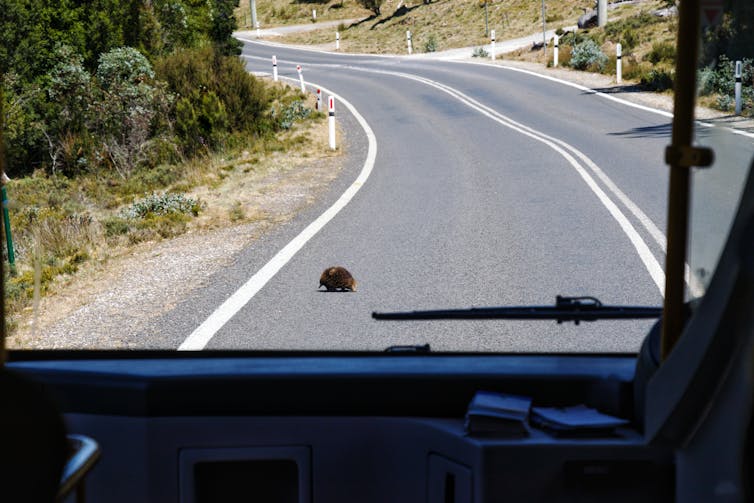
How do y'all avoid a crash?
Be aware that large marsupials such every bit wombats, wallabies and kangaroos are nigh agile at dawn and dusk. However, many birds, lizards, snakes and echidnas move during the day. At nighttime, others like frogs, possums, quolls and devils kickoff to roam.
Wild fauna alarm signs are but installed in high danger areas, and so e'er pay attending to them. Effort to limit your travel between sunset and sunrise, peculiarly near forested or high wildlife areas. If you must drive, stay within the safe speed limit and boring down in areas with wildlife.
Use high axle headlights when safe and scout the sides of the road carefully — animals tin often be seen ahead before they flee in front of a vehicle. As you approach the animal, return to normal headlights to avoid dazzling them or causing erratic behaviour.
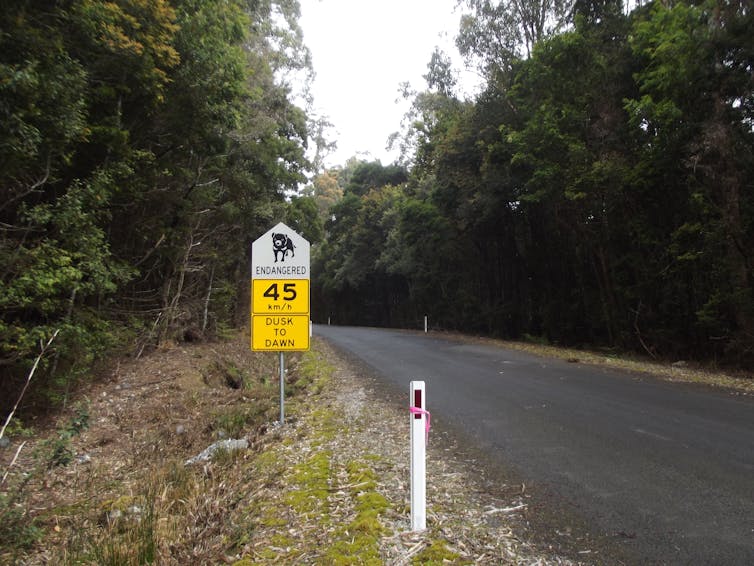
What to exercise if y'all encounter an injured creature?
First, ever ensure yous are rubber. Terminate in an easily seen location away from traffic, use your hazard lights and if possible wear bright wear. Call up, injured animals may be frightened and in pain, and some could be unsafe if approached.
In emergency cases, where the beast's injuries are obvious, some can be carefully caught and wrapped in a towel, then placed in a well-ventilated, night and secure box for serenity transport to wild animals veterinary hospitals for care. The links above requite tips on how to handle some wild fauna emergency cases where needed.
I e'er travel with towels, pillow cases and gloves in my motorcar in example I find an beast in demand. You tin check animals constitute by roads for injuries, and surviving immature in pouches.
But it'due south important yous exercise not approach potentially dangerous animals similar snakes, monitor lizards (goannas), bats (flying-foxes or microbats), large macropods (kangaroos or wallabies) or raptors (eagles or hawks). Instead, phone call and wait for trained and vaccinated rescuers. Wildlife Victoria, for instance, assisted 6,875 animals hitting by vehicles in 2019 lonely.
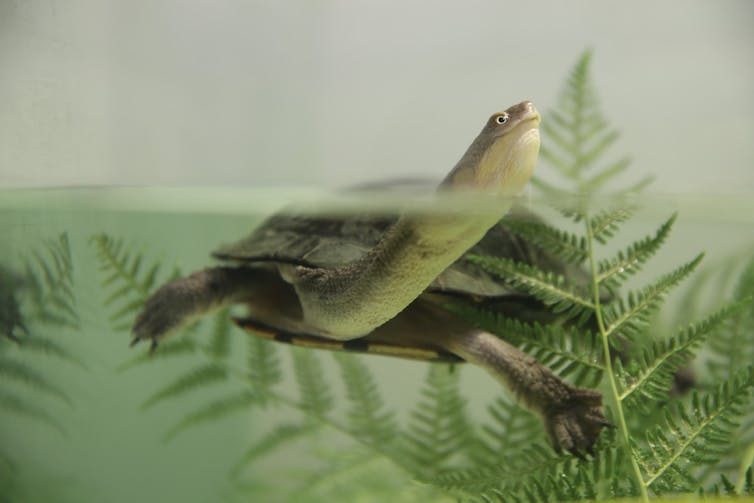
Innovation for conservation
In Tasmania, where an estimated 500,000 animals are hit on roads every yr, a Roadkill Tas App is identifying road kill hot spots to assist research and conservation efforts.
In high impale areas, virtual route fences are beingness trialled. These posts are activated by machine headlights at night and produce sound and light to frighten animals away from the route before a vehicle arrives.
Baca juga: Mysterious poles brand road crossing easier for loftier flying mammals
Other areas employ tunnels under the road, or overpasses to help wildlife cantankerous safely.
If you know of dangerous areas for wild animals, contact your quango to see if warning signs or ways to help wildlife tin can be installed.
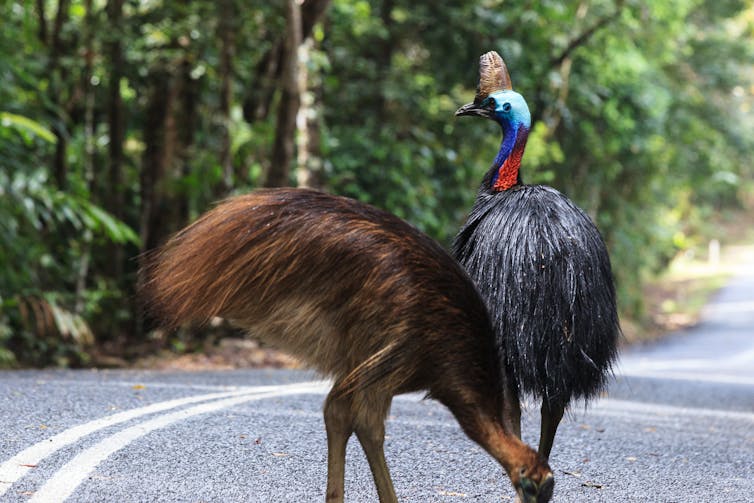
In the case of my poor niggling injured kangaroo final month, I worked with the law to make the difficult, simply only, decision possible with such traumatic and untreatable injuries. Equally she was put out of her misery, I thought of all the wildlife hit past cars and left to die.
We tin all do our function. Slow down, picket for wildlife, and avoid travel between dawn and dusk. Remind friends, family and tourists to watch for our wildlife. If you practise hitting an creature, or see ane on the road, please stop to help and check pouches if rubber. A tiny life may exist waiting for your help these holidays.
If yous see an injured animal on the road, call Wildlife Rescue Australia on 1300 596 457, or see the RSPCA injured wildlife site for specific country and territory numbers.
Observe more tips here for helping local wild animals in demand this summertime from Zoos Victoria.
Source: https://theconversation.com/10-million-animals-are-hit-on-our-roads-each-year-heres-how-you-can-help-them-and-steer-clear-of-them-these-holidays-149733
Posted by: berryofficust.blogspot.com

0 Response to "How Many Animals Are Killed By Cars Each Year"
Post a Comment